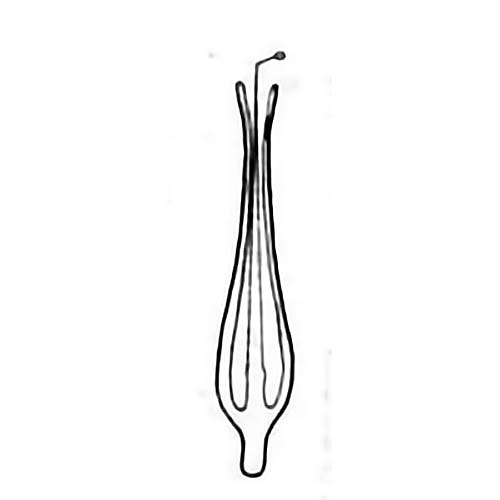The Tale of the Iron Spring
126 views · Organized by 风月呢喃 on 2022-02-09
There are many beautiful legends about iron springs from all ethnic groups. On the Sanjiang Plain of Heilongjiang Province in the northeast, there is a legend among the Hezhe people: There was a plague in a village in the past, and only a nursing child was left. Life.
She sang the tragic experience to everyone. Later, her voice became hoarse, and the old man made an iron reed for her. Since then, the iron reed has been handed down among the Hezhe people, and it is also called the sad qin.
Later, young men and women used it to express their love. Daur men go out hunting, and women play iron springs at home to show their nostalgia. During the weddings and celebrations of the Manchu folk, it is customary for women and children to play iron reeds in unison in front of the door, and it is also used to accompany shaman performances.
Today, minority women still love this instrument. Iron reeds are still the most popular musical instruments in the Yi area of Liangshan, Sichuan.
She sang the tragic experience to everyone. Later, her voice became hoarse, and the old man made an iron reed for her. Since then, the iron reed has been handed down among the Hezhe people, and it is also called the sad qin.

Later, young men and women used it to express their love. Daur men go out hunting, and women play iron springs at home to show their nostalgia. During the weddings and celebrations of the Manchu folk, it is customary for women and children to play iron reeds in unison in front of the door, and it is also used to accompany shaman performances.
Today, minority women still love this instrument. Iron reeds are still the most popular musical instruments in the Yi area of Liangshan, Sichuan.
Involving musical instruments
Iron Reed (Pinyin: Tiě huáng), also known as mouth-holding qin, mouth-playing qin. It is made of copper or iron, and it is also made of bullet casings. The common ones are pincer-shaped, ring-shaped, sword-shaped, leaf-shaped, pear-shaped and so on. The iron fee described in the "Tongdian of the Qing Dynasty" is in the wrong shape. This kind of iron spring is more popular in the Daur and Hezhe ethnic groups in Northeast China, the Kirgiz ethnic group in Xinjiang, the Salar ethnic group in Qinghai, and the Yao ethnic group in Guangxi.
Guess you like
Organized by 线性代数 on 2022-02-09
All ethnic minorities in our country have their own names for the iron spring.
read >>
 渝公网安备 50010702504639号
渝公网安备 50010702504639号